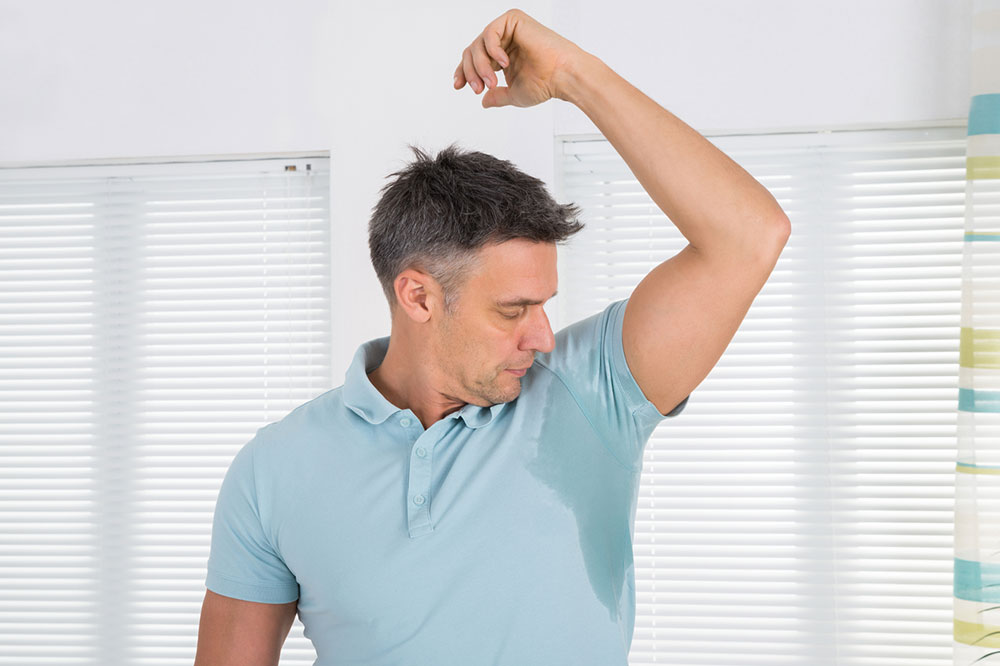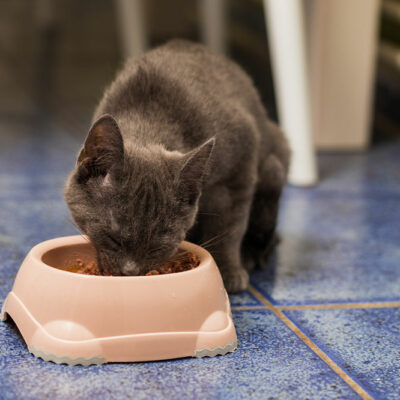
Effective Treatments for Hyperhidrosis
The body’s way of regulating its temperature in cases of extreme heat is through perspiration. Hyperhidrosis is a condition that occurs when it is unable to regulate the temperature, leading to excessive perspiration. This can cause social and emotional distress and impair daily life. The condition is more prominent in specific areas such as the axilla, hands, or feet, even during cool weather and sedentary moments. There are various treatment options for hyperhidrosis. Find out the most effective ones below.
- Antiperspirants
The foremost and most affordable treatment for hyperhidrosis that your dermatologist may recommend is an antiperspirant. It should be applied as directed and when done correctly, it can go a long way in controlling the appearance of sweat patches. The antiperspirant coat, when applied on skin, pulls your sweat glands and signals the body to stop producing so much sweat.
- Iontophoresis
This treatment option for hyperhidrosis has been used since the 1940s and is quite effective if you suffer from excessive sweating on hands, feet, or both. The process involves immersing your hands or feet in water and employing a device that sends painless, low-level electrical currents to the target area and temporarily blocks hyperactivity in the sweat glands.
- Botox injections
OnabotulinumtoxinA or BOTOX® injections are recommended as a treatment for hyperhidrosis by doctors. Every week, a weak form of this medicine is injected into the arms of the patients, which over a period of time, controls excessive sweating by paralyzing the muscles that stimulate overactive sweat glands. The US FDA has approved this treatment, which may also help post-menopausal women who sweat excessively on the head.
- Microwave thermolysis
First introduced in 2011, microwave thermolysis (miraDry) is an innovative treatment option for hyperhidrosis. This small surgery is performed under an hour at a dermatologist’s office. It targets the axillary hyperhidrosis by placing a small, noninvasive device that projects thermal energy to cut down over the overactive sweat glands. As a result, these glands distribute perspiration evenly all over the body.
- Oral medications
Oral anticholinergic medications can be prescribed by a doctor depending on the patient’s symptoms to treat hyperhidrosis. Examples of medications include glycopyrronium, oxybutynin, benztropine, and propantheline, all of which help block the chemical receptors that cause an overabundance of sweat. The above medications can be effective treatment options for hyperhidrosis, but there can be side effects as well.
- Glycopyrronium
Approved by The International Hyperhidrosis Society, glycopyrronium wipes makes the treatment of hyperhidrosis relatively easy. One wipe is used daily in this treatment and the product’s active ingredient, known as glycopyrronium, blocks the receptors that signal the body to sweat. This treatment is safe and effective, even for children who are as young as nine.
- Surgery
This should be considered as the last option to treat hyperhidrosis. Liposuction surgery works by effectively eliminating sweat glands. Another treatment option is endoscopic thoracic sympathectomy. This is a permanent nerve surgery that involves cutting the nerve signals that trigger hyperhidrotic sweat glands.


